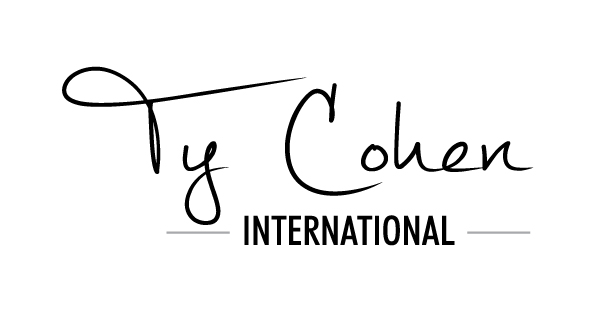blog, Recent Blog Posts Home
Writer’s How To Create An Editorial Calendar To Boost Your Kindle Sales
If you already have a website and author blog you are taking great steps to build your fanbase and promoting your work.
However, posting valuable, interesting content regularly can be tricky, particularly when you are juggling all the deans of your other roles and responsibilities as a writer too.
One of the best ways to manage your blog and boost the number of people that read it is to create an editorial calendar. Here we help you understand how to do just that.
Before you begin you should ask yourself
What’s your goal for writing your author blog? Understanding what you hope you accomplish will be the driving force behind your editorial calendar so it is important to be clear about this from the outset.
How much time can you dedicate to your blog? Scheduling is crucial and being realistic about your tome constraints will help you determine how often you’ll be able to post on your blog. Scheduling conflicts can be challenging so you need to be clear and realistic about your other commitments and only commit to posting on your blog when you know you will be able to do so.
Once you have answered the above, you can begin to create your editorial calendar.
First, you need to come up with some topics. If you don’t have any ideas for content for your author blog, it will be almost impossible to keep the momentum going! Plan as many topics as you can before you start and do your research too. This will give you lots to write about and mean that you won’t give up when inspiration dries up. Look to other successful authors and their blogs for inspiration.
Set your due dates. Posting great content consistently is what’s most effective so you need to make sure that you add in due dates for each piece you write. Make sure you think about the time it takes to write your blog, to edit it, to optimize it for SEO, to source images, and to actually upload it.
Keywords are also very useful in terms of boosting the visibility of your blog. Do some keyword research around your topics to find words and phrases people search for and then use this in your text and headings.
Your blog post titles and headings. A catchy title can make all the difference. Set out your blog post titles in advance in your editorial calendar as well as the headings to give your article structure and make sure that when you come to write it, you stay to the point.
How to create the actual calendar
There are plenty of programs available which give you access to a ready-made editorial calendar with lots of handy features.
Microsoft Excel is a popular choice for writers as it offers many different options, layouts, tabs, and more. Google Sheets can also be helpful if you want to add files to your editorial calendar. Have a browse and look at the different choices to find the one that best suits you.
An editorial calendar can keep you organized, efficient, and posting on your blog consistently — this will help to ensure that your author blog t functions at its best and helps to raise your profile and hopefully boost your book sales too.

